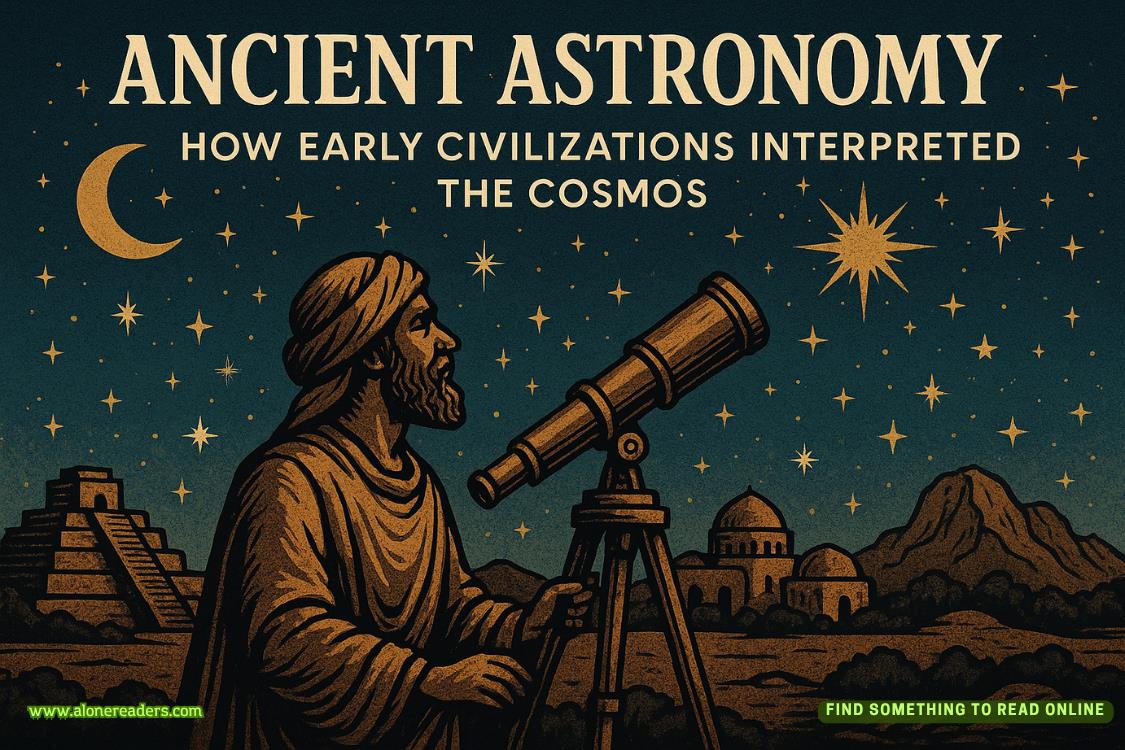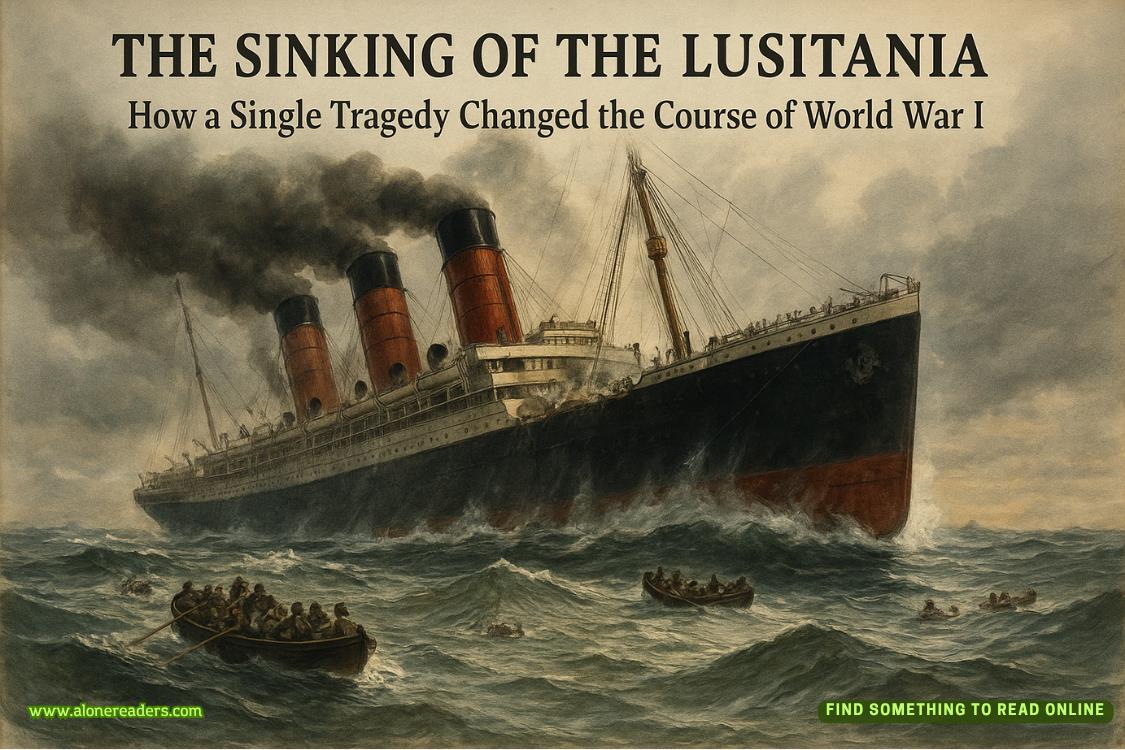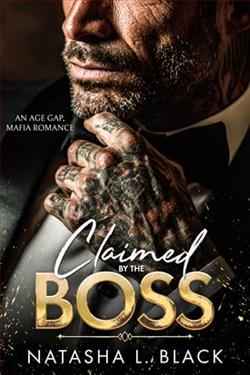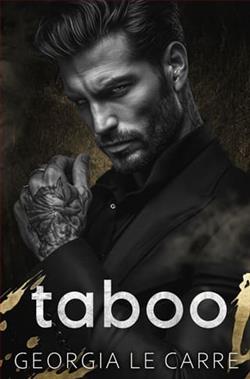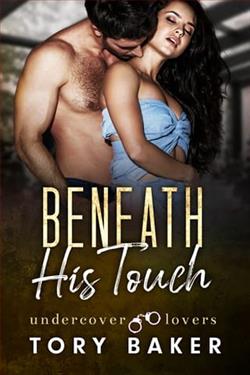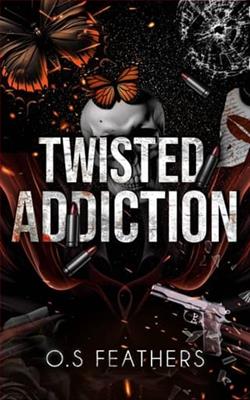Page 30 of The Proving Ground
My daughter checked in from Hawaii as news of the fires spread far and wide. I told her that her mother was safe and that all we could do was wait it out and see what the morning brought in terms of wind and damage.
We crested the Tehachapi Mountains on the Grapevine, and as we traversed the Santa Susanas down into the basin of the San Fernando Valley, we could see the glow of fire on the ridgeline up ahead.
The Santa Monica Mountains cut through the heart of the city, separating the Valley from the Westside. I had a bad feeling in the pit of my stomach, knowing that homes were burning on the other side of the mountain chain.
“Holy shit!” McEvoy said. “That’s gotta be the Palisades burning.”
I just nodded. There was something almost biblical about the firestorm. The newscasters we had listened to referred to the Santa Ana winds that were feeding and spreading the fires as the “devil winds.” A commentator on Fox likened L.A. to Sodom and Gomorrah. I wondered about the retreat humans made to religion in the face of natural disasters.
We shifted from the 5 freeway to the 405, which cut a line down the middle of the Valley toward Sherman Oaks, where I would drop off McEvoy. He killed the radio and we drove in silence and awe at what we were seeing up ahead. It made me think of a Dave Alvin song I had heard a long time ago. I couldn’t remember the tune anymore but the lyrics I could never forget.
California’s burning
There’s trouble in the promised land.
You better pack up your family
And get out while you can.
PART TWO
CHALLENGER
13
SOME THINGS THRIVEafter a wildfire sweeps through a landscape. Some things flourish after the destruction. It is well documented that the searing heat of a fire can stimulate the germination of seeds buried in the soil and that wildflowers and new vegetation soon sprout to cover the scars that fires leave on the land. It is calledecological succession,and it is vital in the maintaining of natural habitats. In that way, fires are a necessary part of rejuvenation.
So, too, is the rebuilding of a city. “Build back better” becomes the slogan. After a fire, newer, safer, more attractive and efficient homes begin to rise like wildflowers on the hillsides and in the canyons. The city evolves and grows back better. And the same can be said for the relationships of people. Some long dormant and buried in the ground begin to grow again after a fire. Some even flourish.
Maggie McPherson lost everything. On the day the fires came, she escaped with her car, her computer, and the clothes she was wearing. Nothing else. She was not allowed back to the site of her home for nearly two weeks. I went with her then and viewed the devastation.The whole neighborhood was gone. Maggie’s house was all ash and misshapen metal, a charred brick fireplace left standing like a crooked tombstone. I put my arm around her and she cried once more for the things she had lost.
She had stayed with me since that first night in the house we once shared as a married couple. Over the weeks, I’d watched her start moving through the stages of grief, mourning her loss like the death of a loved one. She lingered in the anger stage. At first she was outraged at how unprepared our government and people had been for the calamity. She railed against the lack of personnel, equipment, and water to properly take on a blaze carried across the landscape by hundred-mile-per-hour winds. They called it anember-castfire—a word new to almost everyone in the Los Angeles Basin except fire professionals. The wind had carried glowing embers for hundreds of yards to new neighborhoods and set them to burn in the night.
Maggie then harnessed that anger and used it in her job. She became Maggie McFierce again and worked hand in hand with investigators and junior prosecutors to find and charge the fire starters and the looters who’d taken advantage of the calamity. She held press conferences and announced that no deals would be made. She guaranteed that maximum justice would be achieved. The first person tried was a looter who had dressed in a firefighter’s heavy yellow jacket and helmet, slipped into a curfewed neighborhood in the upscale Palisades, and stolen valuables from the smoking ash and rubble.
And every night she came home to the house on Fareholm Drive, where we would share dinner and she’d have a glass or two of red wine. She would shed the armor of Maggie McFierce and be at her most vulnerable and needy. We were lucky that in the divorce years before, there had been an even split of property, including photos of our daughter growing up and other sentimental keepsakes. Whilethey were reminders of what she had lost, they also reminded her of what she still had.
Our daughter came back from Hawaii for a week and stayed with us. We gathered each night around the dinner table and talked or sat on the front deck and watched the sun go down. Hayley repeatedly called for group hugs, and for one short span of days, our family was together again after so many years. I could not help but think of what the fire had wrought—how from such destruction and despair something so good could come.
I, of course, kept these thoughts to myself. To speak of finding the good in something so bad would surely, in Maggie’s mind, put me squarely in the ranks of the looters who had posed as first responders.
Six weeks after the firestorm, Maggie moved from the guest room to the bedroom we had shared years before. We were together again. The fires had seemingly given us a second chance, which led to a troubling thought. Had she made a decision based on her vulnerability and instinctive need for protection, or were the true emotions there for her? Had our relationship, like the seeds of wildflowers, been reborn because of the fires? As guilty as the questions made me feel, I could not address them. I was with the love of my life again, the one I thought had gotten away, and I would accept any level of guilt to keep her close.
14
RANDOLPH V. TIDALWAIV LLCwas pushed back on the federal court docket after Marcus Mason revealed that he had lost his Malibu home in the firestorm and asked for time to take care of his family as they worked through the trauma. The court was sympathetic, and Judge Ruhlin gave him half of the sixty-day delay he had requested. Then Cisco learned through searches of property and VRBO records that Mason had lost a house, not a home. The destroyed structure had been an investment property that Mason rented out during the summer for twenty-five thousand dollars a month. His actual home was in Beverly Hills and it had not been touched by the flames.
I did not bring this information to the attention of the court. I bided my time, knowing I could use it down the line if I needed to. Though I had opposed the delay, it worked in my favor, as the extra time allowed me to better choreograph the trial, shore up the weaknesses in my case, and take a final run at Naomi Kitchens.
Two witnesses who were already locked in were the parents of theshooter, Aaron Colton. They had avoided me until I got a subpoena from Judge Ruhlin requiring them to sit for depositions. Cisco traced them to a hideaway actually called the Hideaway in Palm Springs, followed them from the gated community to a restaurant, and delivered the subpoena.
I scheduled their depositions on separate days in Los Angeles, choosing to go with the father first, as I assumed he would be most difficult—he had bought the gun that his son used. I rented an office in a building near the courthouse, since the warehouse was not conducive to interviewing reluctant witnesses.
But both Bruce and Trisha Colton showed up at the appointed time for Bruce’s depo. I told them that was not necessary, and that’s when they told me something that pivoted the case in a new direction.
“We want to sue Tidalwaiv for what they did to our son,” Bruce said. “We want you to handle our case.”
“We know our son did something terrible,” Trisha added. “But Clair was like a drug. He was under the influence and did a horrible thing. But it wasn’t him, Mr. Haller. That was not our son. It was her. And now we’ve lost him.”





